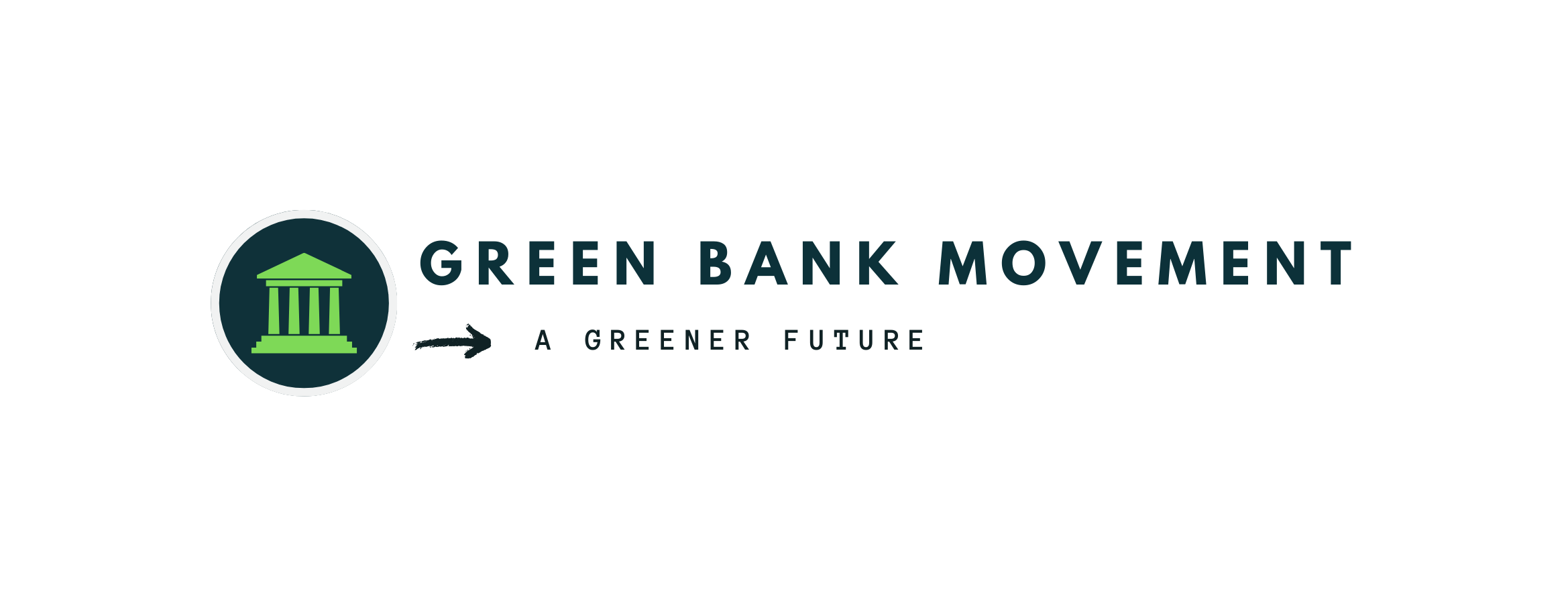THE GREEN BANK MOVEMENT TOMORROW?
The Future of a National Green Bank
With climate risks intensifying and political uncertainty at an all-time high, policymakers have a very narrow pathway to rapidly reduce emissions and transition towards a more sustainable energy system to minimize destructive outcomes.
In the past, similar dynamics have prevented the federal government from passing far-reaching climate legislation or creating a National Green Bank, but state-level green banks have demonstrated that political obstacles can be minimized and clean energy adoption can be made possible everywhere.
Despite the Biden Administration’s Inflation Reduction Act which includes multiple funding opportunities to finance climate adoption, the US still lacks the necessary capital and consensus to implement a well-coordinated, comprehensive nationwide climate plan that can rapidly accelerate clean energy adoption.
However, if spent wisely, the US has an opportunity to amend history and redesign an inclusive future resilient to a changing climate. With our current timeframe and political limitations, using a portion of that capital to build a regenerative financial ecosystem could help us expand our reach and rapidly achieve our collective social, environmental, and economic transition goals.
This can be possible with IRA’s Greenhouse Gas Reduction Fund, a $27 Billion dollar grant competition managed by the EPA. If a robust amount of GGRF funding can be used to finance a National Green Bank, lawmakers have an opportunity to bypass future impending obstacles that typically disincentivize resources being distributed towards priority-first regions, and build a sustainable financing entity that can maximize the lifespan of every public dollar invested towards an equitable transition.
Compared to the past legislative attempts to create a National Green Bank, the GGRF provides green bank policy advocates with the best circumstances to implement a national coordinating entity. In April 2023 the EPA released an updated guidance and framework for the GGRF competition, which clarified whether a National Green Bank is within reach. The agency makes it clear that they are committed to building a self-sustaining green financing ecosystem that can accelerate clean energy in communities everywhere.
These sentiments are echoed in the $19.97 Billion Low Income and Disadvantaged Communities fund which will now be divided and administered as two separate competitions while working in tandem to deliver benefits. The EPA makes it clear that this funding is dedicated to entities that can leverage public capital to attract private resources. They allude to a National Green Bank in the $14 billion “National Clean Investment Fund” where they emphasize that the money will be awarded between 2-3 national coordinating entities that will concurrently partner with the private sector to “deliver financing at scale” and rapidly accelerate our transition across sectors.
Addressing climate change feels like a big problem and that’s because it is. The US will need trillions worth of investments to equitably replace fossil fuels with clean energy. While there has been gradual progress over the past few decades, global temperatures continue to rise at concerning rates.
Although the administrative climate seems more receptive to creating a National Green Bank, to prevent history from repeating itself, green bank advocates should continue working to increase public awareness around the collective impact of climate financing and green banks. Since the concept is still relatively new to the mainstream, an approachable and transparent marketing strategy can safeguard the coalition and mitigate future resistance, whether this be due to the political climate or administrative barriers.
Whether or not a National Green Bank is created as intended, the pathway to create such an entity is still achievable. Current public resistance and political discourse around climate demonstrate that policymakers and advocates have a lot of work ahead of them to build consensus around the green transition. Green financing advocates must use this opportunity to address cultural apprehension, increases climate financing awareness, and build buy-in with critical stakeholders. This will reduce political resistance and pave the way for a future legislative approach, but given our time restraint, it would be ideal for GGRF to accelerate that process.
Green banks have mobilized billions toward clean energy transition and if a national entity fails to come to fruition, states and local governments without green banks should consider adopting this approach to climate policy. When accompanied by other climate tools, green banks can develop an effective way to pay for those solutions and foster partnerships across industries to efficiently facilitate a high-reward transition.
As the green banking approach and climate financing grow in popularity, the Green Bank Movement is here to provide you with the information you need to increase your understanding of this innovative policy tool and guide you toward a climate plan that can help us build a greener future together.

